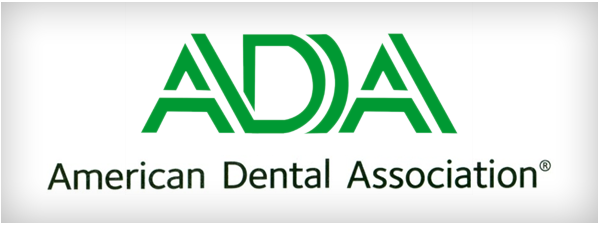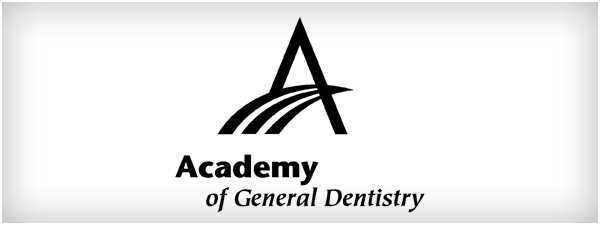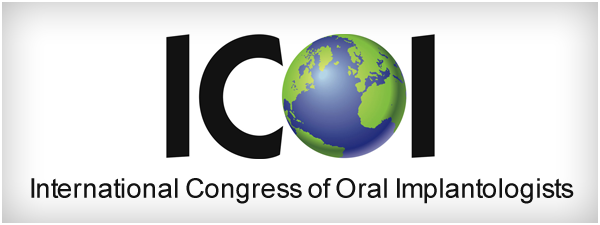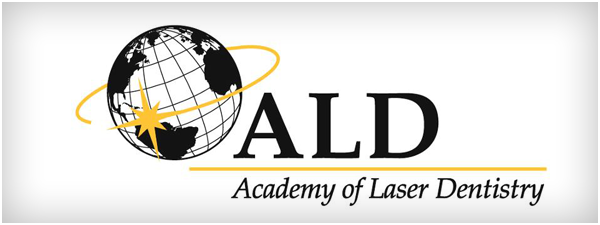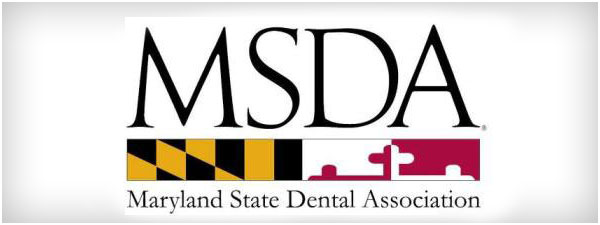Technology

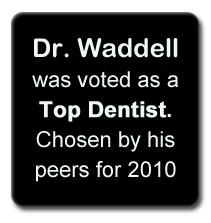
Our state-of-the-art facility is equipped with the most advanced technology available. We offer intra-oral cameras, diagnostic lasers, and Zoom!™ - the latest tooth whitening technique. Patients may recognize the brand name Zoom!™ as the whitening procedure preferred by cosmetic dentists on ABC’s hit television show Extreme Makeover.
Intra Oral Camera
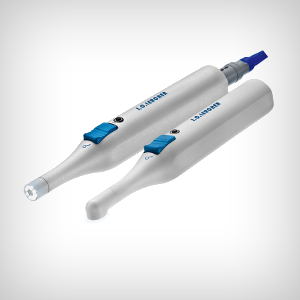
This wonderful new technology allows you to relax in your chair while simultaneously observing a real-time pictures of the inside of your mouth magnified beyond normal size on an adjacent computer monitor! Not only does this make it simple to see and understand what the doctor is telling you, but it makes it simple for us to keep incredibly accurate records from one visit to the next.
Sterilization and Patient Safety
Our office uses state of the art sterilization to ensure patient safety. Sterilization and disinfection are the basic steps in instrument processing and surface asepsis. Sterilization refers to the use of a physical or chemical procedure to destroy all forms of microorganisms, including the highly resistant spores.
We use Rapid Steam Autoclave at 275º F(35psi), for 15-20 minutes
First, the instruments are prepared for the sterilization process. Patient debris and fluids are removed by placing the instruments in 3.2% glutaraldehyde for 40 minutes .Following this pre-disinfection step the instruments are transferred to an ultrasonic cleaner for another 15 minutes .Then the instruments are rinsed, dried, placed in self sealing sterilization pouches and sterilized in the autoclave. Instruments which can not be heat sterilized, are immersed in 2% glutaraldehyde for 10 hours to cold sterilize.
We use Biological, Chemical and Mechanical indicators to monitor our sterilization process.
Using bacterial spores to monitor the sterilization process is referred to as biologic monitoring (or spore-testing), and the bacterial spores used for monitoring the sterilization process are referred to as biologic indicators (BIs). Of the three methods, biologic monitoring is regarded as the most valid for monitoring the sterilization process, for it uses live, highly resistant bacterial spores.
We biologically monitor our sterilizer once a week to ensure complete sterilization using spore strips and keep accurate records for our monitoring. These strips are enclosed in a glassine envelope and processed through the sterilizer. They are then sent to our spore testing center where they are tested for live spores.
Chemical monitoring involves using chemical indicators (CIs) that change color or form when exposed to specific high temperatures or to the sterilizing conditions within a sterilizer. This is referred to as chemical monitoring (or process monitoring). We use sterilization pouches that have special marking that change color when subjected to sterilizing temperatures.
Mechanical monitoring involves observing and recording the physical aspects (e.g., temperature, pressure, or time) of the cycle when the sterilizer is being operated. Our Sterilizer is serviced regularly to ensure proper functioning.
Waterlase Dental Laser
What is the Waterlase Dental Laser and how does it work?
The Waterlase Dental Laser is a revolutionary tool for dentists that uses a unique combination of laser energy and water, a process called HydroPhotonics, to perform many traditional dental procedures with fewer shots and less anesthesia. Simply put, it is a more relaxing dental experience.
What is HydroPhotonics?
HydroPhotonics describes an interaction between laser and water that creates a fast and unique cutting action without heat, vibration, or pressure.
How does the Waterlase Dental Laser feel?
Heat, vibration, and pressure are the primary causes of pain associated with the traditional dental drill. Since the Waterlase Dental Laser does not generate heat, vibration, or pressure, many dental procedures can be performed with fewer shots, less anesthesia, and fewer numb lips.
What are the benefits of the Waterlase Dental Laser on soft tissue (gum) procedures?
Due to its safe and gentle cutting action, the Waterlase Dental Laser performs many soft tissue (gum) procedures with less bleeding, less post-operative pain, less swelling, and a reduced need for pain medication in many cases.
What are the benefits of the Waterlase Dental Laser on hard tissue procedures?
The Waterlase Dental Laser is able to remove tooth enamel decay (the hardest substance in the body) and bone precisely while leaving the surrounding areas unaffected. This conserves and allows you to keep more of the healthy tooth structure. In addition, high-speed drills can cause hairline cracks and fractures in the teeth that eventually lead to future dental problems. The Waterlase Dental Laser reduces damage to healthy portions of the tooth and minimizes trauma. In the case of cavity filling treatment, the Waterlase Dental Laser can increase bond strength of tooth-colored restorations, resulting in longer lasting fillings.
Do treatments with the Waterlase Dental Laser take more time?
Since you often do not need shots or anesthesia, the Waterlase Dental Laser can perform cavity preps in all areas of the mouth in just one visit.
What types of procedures can the Waterlase Dental Laser perform?
The Waterlase Dental Laser is extremely versatile. It can be used for a wide range of hard and soft tissue procedures. From decay removal, cavity preperation, root canals, smile design, gum and bone surgical procedures and many others.
For a complete list of procedures and treatments, log onto www.LaserDentistry.com
The Wand
The Wand (also known as CompuDent) is essentially a computer-controlled dental injection. The flow rate of the local anaesthetic is controlled by a computer. This means that the injection is guaranteed to be slow and steady and therefore comfortable.
Most people who have had a bad experience with injections think that needles sting because the skin is pierced, but this is usually not so! Most often, the sting was caused because the anesthetic was fired in too quickly. Obviously, it is possible for the dentist to control the speed with a standard syringe, but the idea of the Wand is to take out the "human error". This can be very reassuring for people with previous bad experiences.
What does the Wand look like?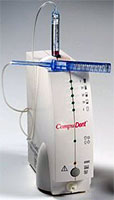
It simply doesn't look like a syringe! Welcome to the space age...
As you can see in the photo, the "hardware" looks similar to a miniature computer tower.
On the top of the little tower sits a cartridge with local anaesthetic. A tube connects this to a pen-like handpiece (which does sport a needle. You've gotta get the sleepy juice in there somehow, but the needle is very tiny.)
The handpiece device looks just like a ball point pen (see below).
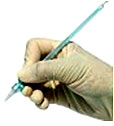
It is even held like a pen! Using the Wand is very enjoyable for the operator (that is, the dentist) because it is so light and easy to handle. To start the computer, the dentist uses a footpedal connected to the computer tower. The computer does the rest. That way, the operator can focus all attention on holding the handpiece in the right position. The cartridge holder, tube and wand handpiece are all single-use disposables. A "cool blue" "safety" wand handpiece with a self-retracting needle is also available (shown in the right-hand photo). The safety feature is there to prevent dental staff from accidentally poking themselves while getting rid of used handpieces. However, most dentists prefer the "standard" wand on the left, because they find it easier to handle.
What are the advantages?- Looks non-threatening and almost cute. Researchers have found that the Wand induces less anxiety than any other injection method (Kudo et al, 2001).
- The precise control of flow rate and pressure reliably produces a comfortable injection even in potentially more "difficult" areas like the palate, where the tissue is less elastic.
- Many dentists enjoy the light weight and easy handling. The penlike grasp allows the operator to rotate the handpiece, which can make it easier to glide the needle into the tissue.
- Two "fancy" injection techniques (the AMSA and P-ASA, for the nerds among you) are much more comfortable and effective when the Wand is used.
So why do so few dentists use the Wand if it's that cool?
- Cost! It's more expensive than using traditional syringes, both for the machine and the disposables. And if you wanted to rely on the Wand alone, you'd have to have a backup Wand in case one breaks down sometime, which means more cost. Because the cartridge holder, tube and handpiece are disposables, there's a larger volume of hazardous waste (and higher costs for getting rid of the extra waste).
- Takes time (and guinea pigs - usually staff or other dentists) to learn.
- Takes up extra space. This can be a problem in some rooms, depending on space and layout.
- A lot of dentists are happy with their painless injection techniques and don't see the need for it.
- "...a little spray to numb the gums then a few minutes slowly injecting small doses of anaesthetic through the computerised outlet system and I didnt feel a thing!...My fear of needles is now a thing of the past." (from The Magic Wand")
- "when it comes to the actual fear of needles..well one thing i have found that helps the most with that is a numbing machine called 'the wand'."
- "The wand is a gift from god."
In the UK, you can find out if any dentists in your area offer the Wand through the UK distributor, DPS Dental Practice Systems. In the US, use Milestone Scientific's Find A Dentist site. In other countries, try and find out who the Milestone Scientific distributor is, and contact them.
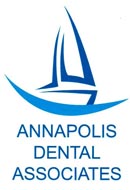









 by
by 
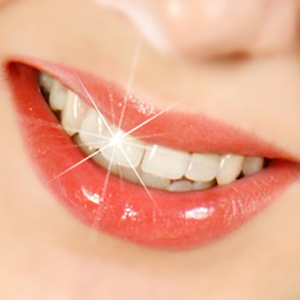 Cosmetic Dentistry
Cosmetic Dentistry
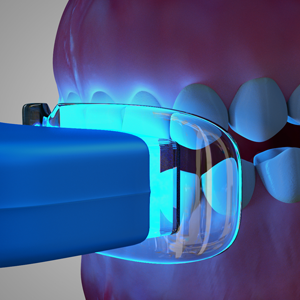 Teeth Whitening
Teeth Whitening
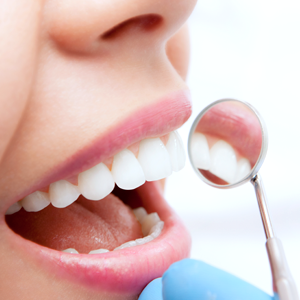 Emergency Dentistry
Emergency Dentistry
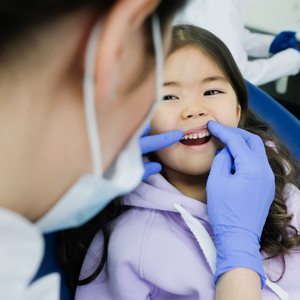 Pediatric Dentistry
Pediatric Dentistry
 Invisalign
Invisalign
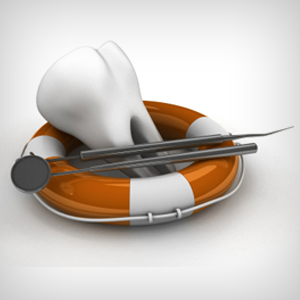 Services
Services
